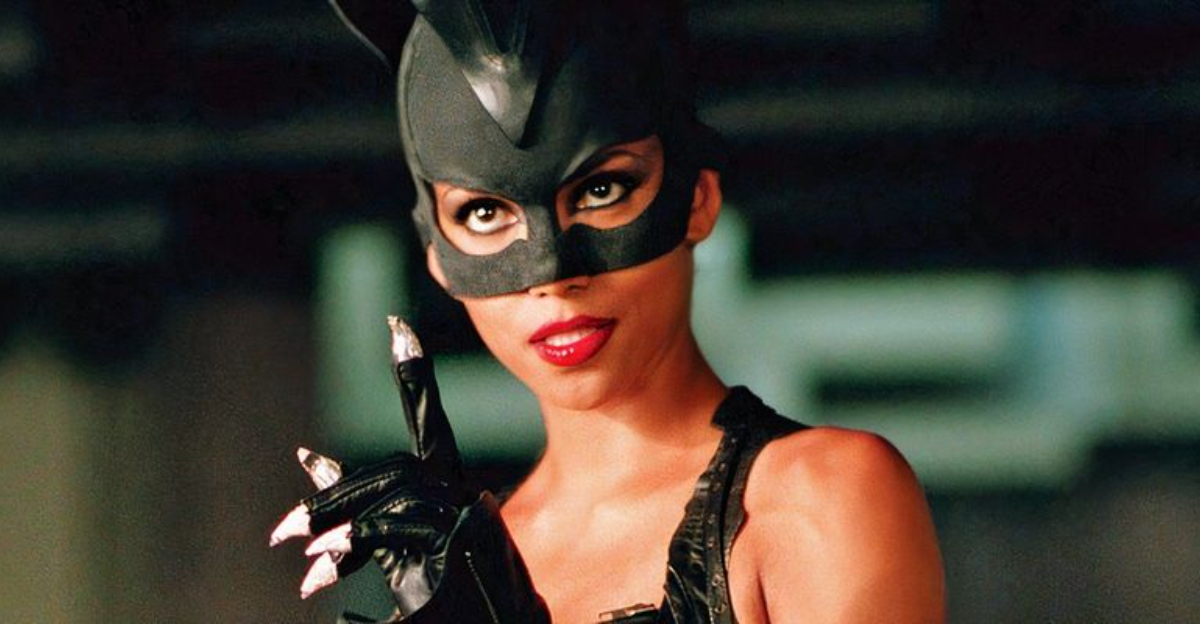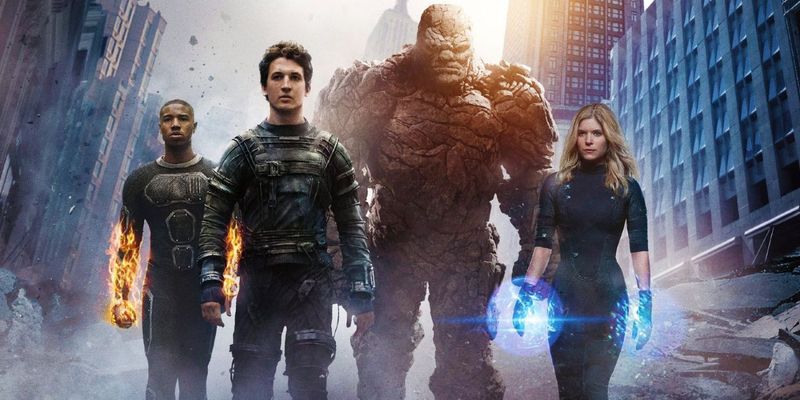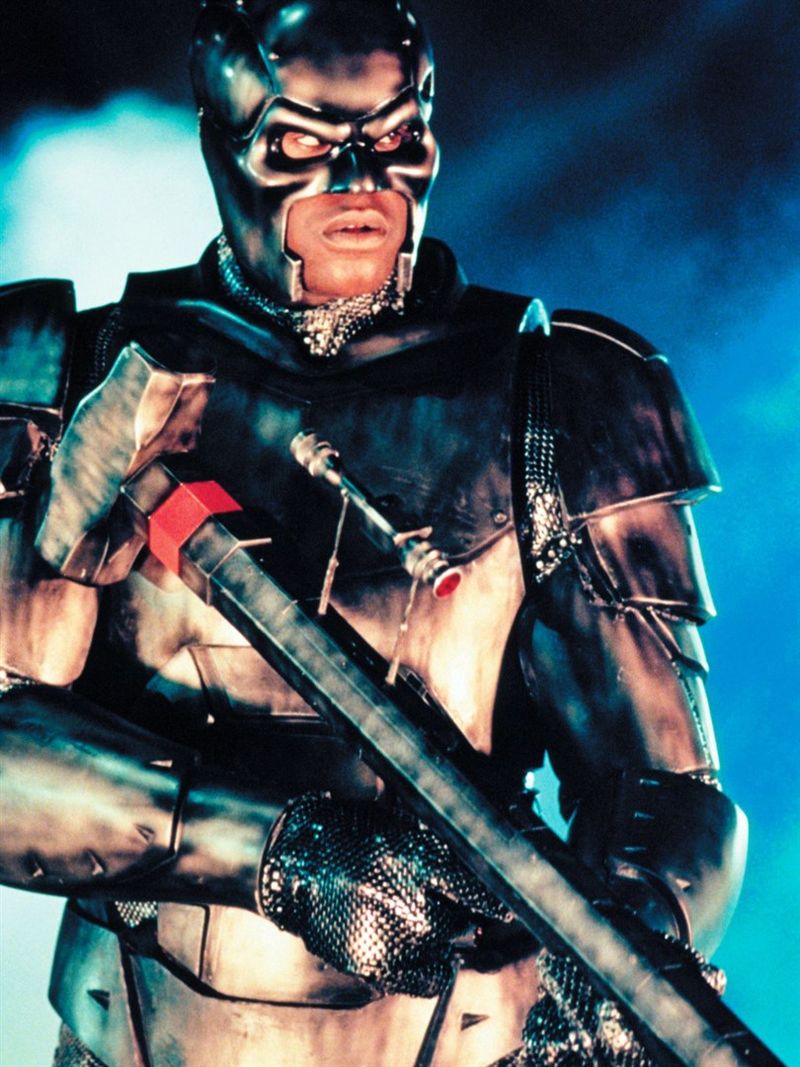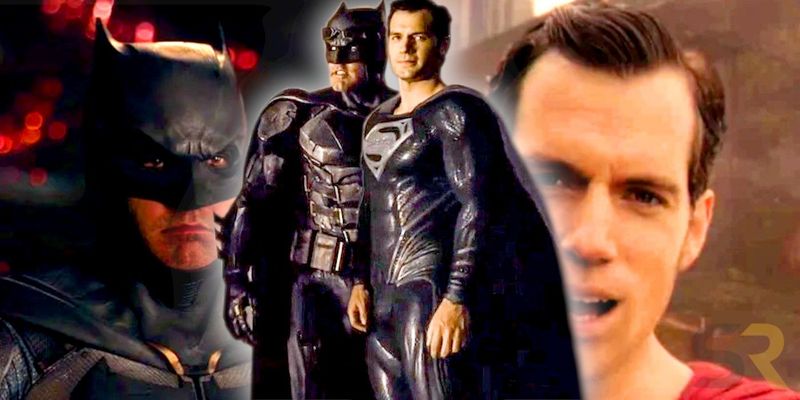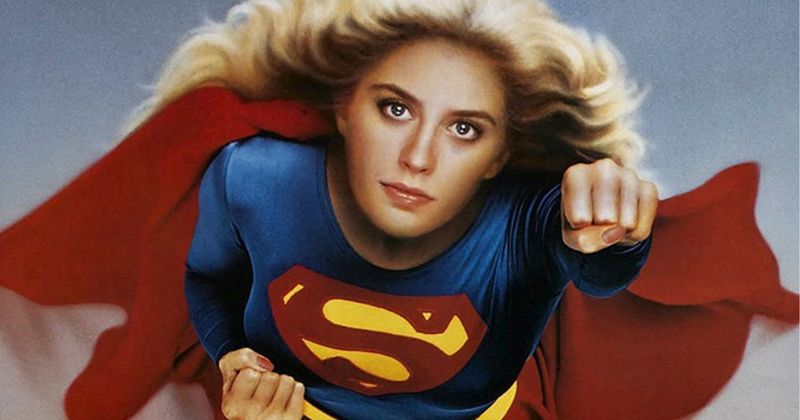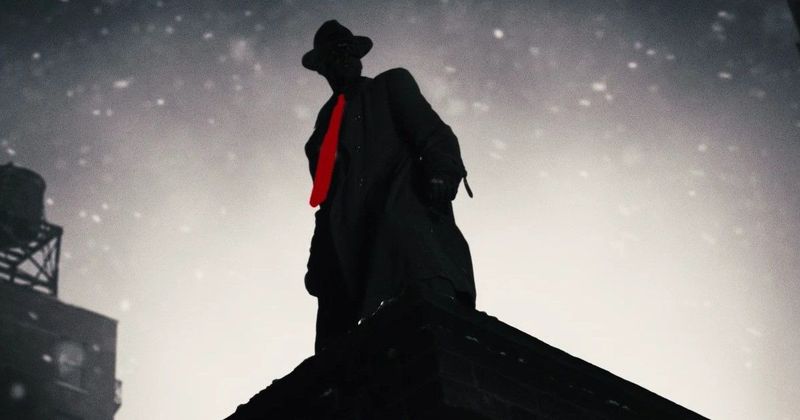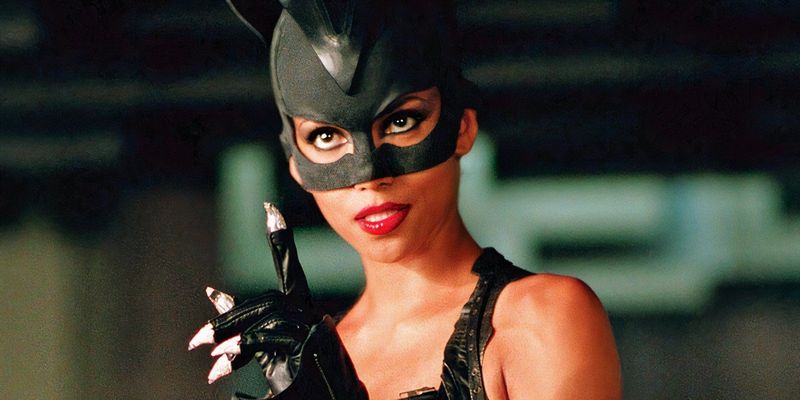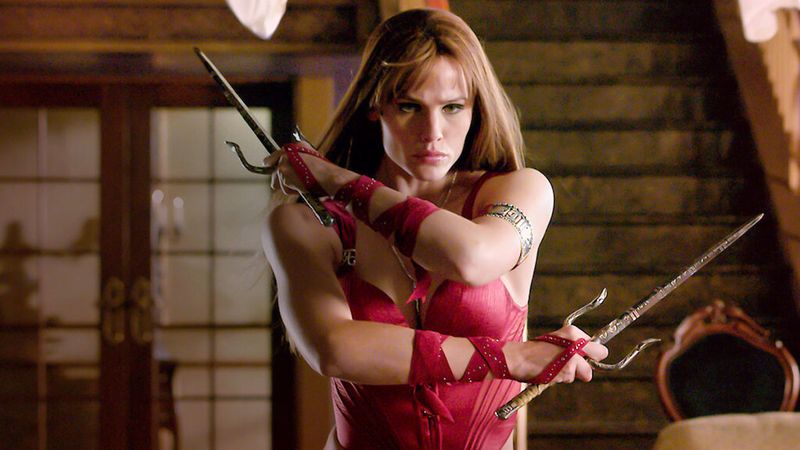Not every superhero film gets the red carpet treatment. Some were so cringe-worthy, miscast, or downright bizarre that studios quietly pushed them into obscurity—or pulled them entirely. These 10 movies were meant to fly… but flopped so hard they got buried.
1. Fantastic Four (2015)
The ill-fated 2015 reboot of Fantastic Four is infamous for its chaotic production. On-set drama and extensive reshoots plagued the film, resulting in a disjointed narrative. Amidst the turmoil, director Josh Trank publicly disowned the final product, fueling the film’s notoriety.
The film’s tone-deaf approach and lackluster special effects further alienated audiences. Despite its ambitious intent to reboot the franchise, the film was met with scorn and disappointment. Fox scrapped plans for a sequel, sealing its fate as a cinematic misfire.
Fantastic Four’s failure serves as a cautionary tale in superhero filmmaking.
2. Steel (1997)
Steel, starring NBA legend Shaquille O’Neal, was an ambitious attempt at superhero cinema that missed the mark. O’Neal’s portrayal in an awkwardly oversized metal suit became a symbol of the film’s struggles.
Lacking connective tissue to its comic book roots, the movie was hampered by subpar effects and wooden performances. Warner Bros. seemed eager to forget Steel ever existed, letting it fade into obscurity.
This clunky adaptation demonstrates the pitfalls of straying too far from source material, emphasizing style over substance.
3. Justice League (2017) – The Whedon Cut
Joss Whedon’s rendition of Justice League became infamous for its muddled tone and visual inconsistencies. After Zack Snyder’s departure, Whedon’s intervention resulted in a fragmented film that left fans bewildered.
The infamous CGI removal of Superman’s mustache added to the film’s notoriety. Warner Bros. opted to downplay this iteration, leading to the fervent #ReleaseTheSnyderCut movement.
Ultimately, the Whedon Cut became a symbol of missed potential, as fans clamored for a more coherent vision of their beloved heroes.
4. Supergirl (1984)
Supergirl soared into theaters with high hopes, riding the coattails of the Superman franchise. Unfortunately, weak writing and lackluster special effects quickly grounded those aspirations.
The film’s plot failed to capture audience interest, and its corny execution further alienated fans. Despite its connection to the iconic Superman films, Supergirl vanished from the public eye.
This cinematic misstep serves as a reminder of the challenges in translating superhero stories from page to screen.
5. The Spirit (2008)
The Spirit, directed by Frank Miller, attempted to capture the noir essence of its comic roots. Instead, it emerged as a visually striking but narratively hollow experience.
Critics panned the film for prioritizing style over substance, and even fans of Miller’s work found it disappointing. Lionsgate, sensing the film’s lack of appeal, quickly distanced itself.
Despite its aesthetic allure, The Spirit failed to resonate with audiences, becoming a forgotten chapter in superhero cinema.
6. Catwoman (2004)
Catwoman, starring Halle Berry, is often remembered for its disconnection from the DC character it purported to depict. The film’s leather-clad protagonist and lack of narrative coherence led to widespread ridicule.
Critics derided its flimsy plot and over-the-top aesthetics. Warner Bros. appeared eager to erase this misstep from memory, burying it beneath more successful adaptations.
Catwoman’s failure underscores the importance of staying true to character origins, rather than relying solely on star power.
7. Generation X (1996, TV Movie)
Generation X was an ambitious attempt to launch a new X-Men TV universe, but it stumbled at the starting line. The low-budget production aired as a TV movie, showcasing cheesy effects and campy dialogue.
Audiences found it difficult to connect with the underdeveloped characters and dated aesthetics. Fox shelved the project, leaving it to gather dust in the annals of superhero lore.
The short-lived series highlights the challenges of adapting complex superhero stories for television.
8. Nick Fury: Agent of S.H.I.E.L.D. (1998)
David Hasselhoff’s portrayal of Nick Fury in the 1998 TV movie is often remembered for its campy charm. Unfortunately, this charm wasn’t enough to rescue the dated production.
The film’s low production value and over-the-top performance failed to capture the essence of the Marvel universe. With the rise of the MCU, Marvel quickly distanced itself from this iteration.
Nick Fury’s campy past serves as a quaint reminder of early superhero adaptations.
9. Elektra (2005)
Elektra attempted to spin off from the underwhelming success of Daredevil, but it fared no better. Jennifer Garner’s portrayal was overshadowed by a weak plot and uninspiring villains.
The film’s convoluted storyline and lack of depth left audiences unimpressed, leading 20th Century Fox to quietly retire the franchise. Even Garner seemed disenchanted with the final product.
Elektra’s lukewarm reception highlights the importance of compelling storytelling in superhero films.
10. Captain America (1990)
Before Chris Evans donned the shield, the 1990 iteration of Captain America stumbled into obscurity. The film’s low-budget production and questionable costume design quickly became the stuff of legend.
The film bypassed theaters, heading straight to VHS, where it lingered in relative anonymity. Marvel distanced itself, as the film’s reputation languished.
Despite its lack of success, this version of Captain America has become a cult curiosity, occasionally resurfacing online.
